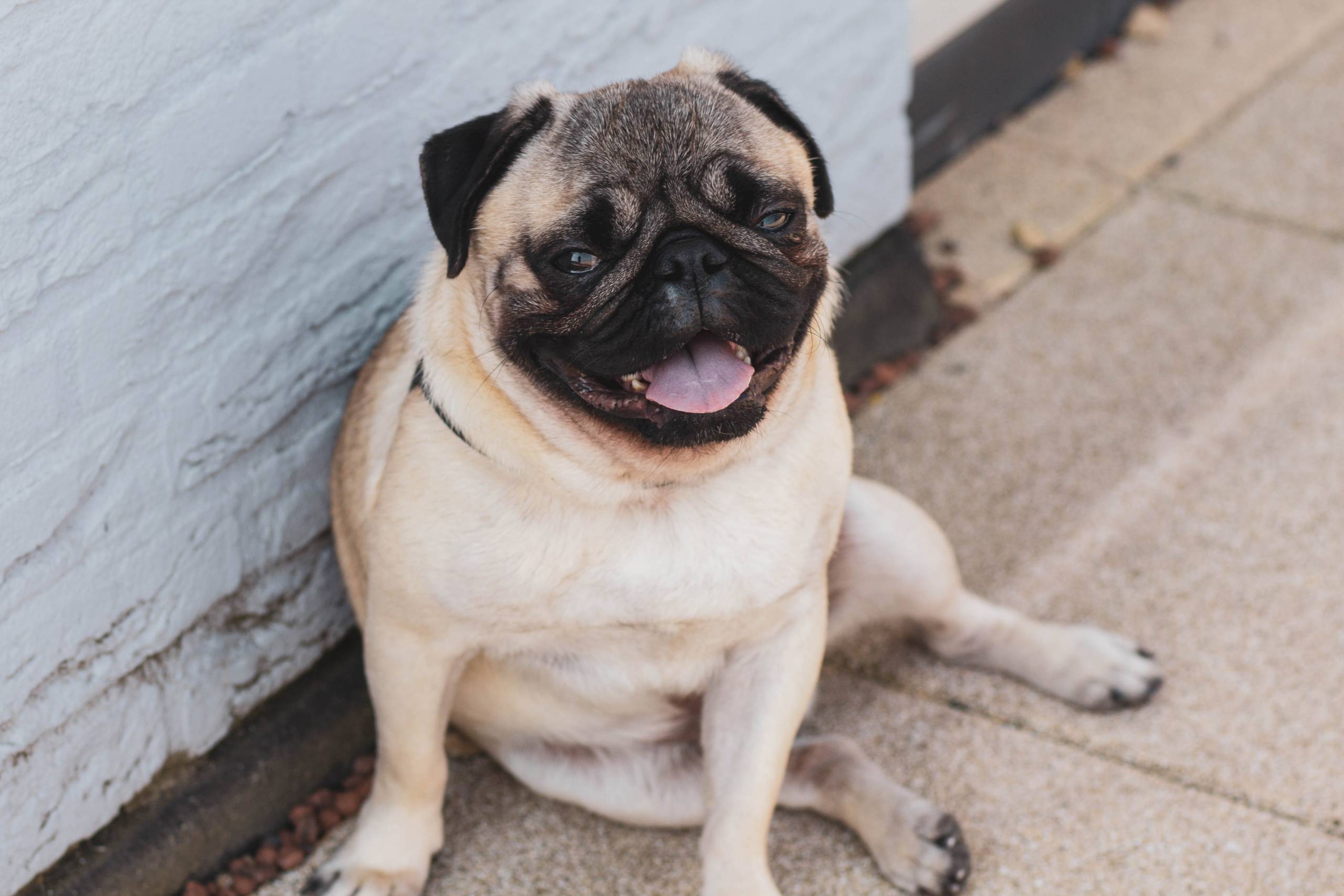
Water is essential for all living beings, including dogs. It plays a vital role in maintaining body temperature, aiding digestion, transporting nutrients, and eliminating waste. Without enough water, dogs can quickly become dehydrated, leading to serious health issues. Considering that water makes up about 60% of a dog’s body weight, it’s easy to see why proper hydration is crucial for their overall well-being.
The amount of water a dog should drink can vary based on several factors. Size, age, activity level, diet, and environmental conditions all influence a dog’s water needs. As a general guideline, dogs typically need about 1 ounce of water per pound of body weight each day. However, this can fluctuate depending on the previously mentioned factors. For example, a dog that exercises frequently or lives in a hot climate will need more water compared to a less active dog in a cooler environment.
It’s essential to recognize the signs of dehydration in dogs. Lethargy, sunken eyes, dry gums, loss of skin elasticity, and excessive panting are all indicators that your dog may be dehydrated. If you notice any of these signs, it’s crucial to provide water immediately and seek veterinary attention if the symptoms persist.
Ensuring your dog drinks enough water is a responsibility that falls on us as their caregivers. Here are some practical tips to help keep your dog properly hydrated. Firstly, always provide clean, fresh water in a clean bowl. Regularly check the water bowl throughout the day to ensure it hasn’t run dry or become contaminated. Additionally, consider incorporating wet food into your dog’s diet, as it contains more water than dry kibble. If your dog is reluctant to drink, try adding a bit of low-sodium chicken or beef broth to their water to entice them. Lastly, be mindful of their water intake during hot weather or after vigorous exercise, as they will likely need more water to stay hydrated.
In conclusion, understanding how much water a dog should drink is a crucial aspect of responsible pet ownership. By recognizing the importance of water, understanding the factors that influence a dog’s water intake, and being vigilant for signs of dehydration, we can ensure our furry companions lead healthy and happy lives. Always remember that proper hydration is key to a dog’s overall well-being, so let’s make sure they have access to fresh, clean water at all times.[/fusion_text]

